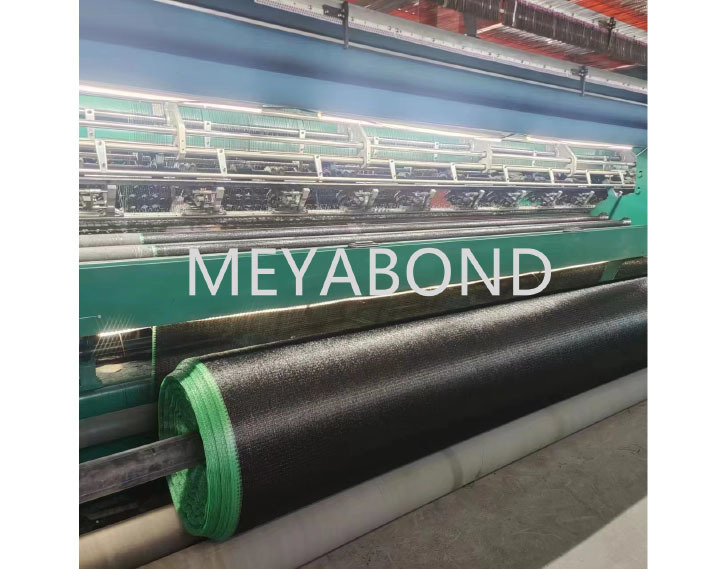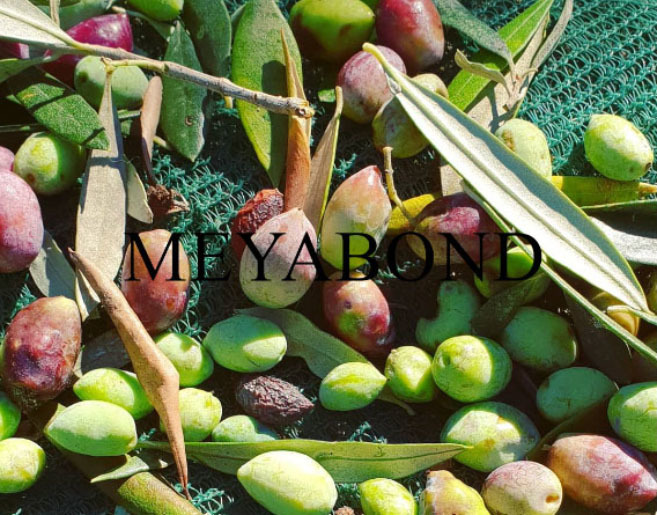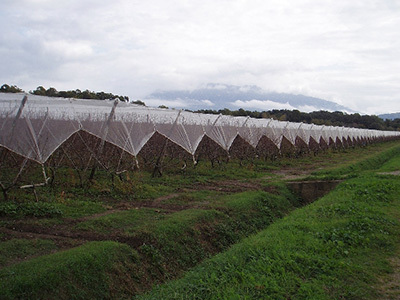Harnessing Nature: The Benefits of Sun Shade Nets in Agriculture
In the realm of modern agriculture, especially in facility farming, the utilization of sun shade nets has become increasingly vital. These nets are designed to filter sunlight, offering crops protection from the harshest rays, while also providing a conducive environment for growth. Understanding the intricacies of sun shade nets can empower farmers and agricultural professionals to make informed decisions that optimize their yield.
Sun shade nets, also known as shading nets or shade cloths, are typically made from woven fabrics that come in various densities and materials, allowing for different levels of light transmission. This versatility means that farmers can choose the right product based on the specific needs of their crops and regional climatic conditions. For instance, delicate plants, such as young seedlings or shade-loving varieties, benefit greatly from a higher shade percentage, shielding them from excessive sunlight and heat that can cause stress or even damage.
One of the primary advantages of sun shade nets is their ability to regulate temperature within agricultural facilities. By blocking a significant portion of direct sunlight, these nets can maintain a more stable microclimate, reducing temperature fluctuations that could adversely affect plant health. This temperature regulation not only fosters better growth conditions but can also extend the growing season by preventing heat-related stress during peak summer months.
In addition to temperature control, sun shade nets play an essential role in protecting crops from adverse weather conditions and pests. High winds and unexpected hail can wreak havoc on vulnerable crops, but a well-installed sun shade net provides a barrier against these elements, minimizing damage. Furthermore, these nets can deter certain pests, reducing the need for chemical pesticides and promoting a more organic approach to farming.
The installation of sun shade nets can also lead to improved water management. By reducing evaporation rates, these nets help conserve moisture in the soil, making water usage more efficient. This is particularly crucial in regions where water scarcity is a critical issue. Consequently, farmers who implement sun shade nets can enjoy the dual benefit of conserving resources while enhancing crop health and yield.
Moreover, the aesthetic aspect of sun shade nets should not be overlooked. They can blend seamlessly into the landscape, enhancing the visual appeal of agricultural facilities while providing functional benefits. This can be particularly important for agritourism initiatives, where farms seek to attract visitors by creating an inviting environment.
In summary, sun shade nets are an invaluable asset in the field of agriculture, offering numerous benefits that enhance crop growth, protect against environmental stressors, and improve resource efficiency. By understanding the role and advantages of these nets, agricultural professionals can leverage this technology to foster sustainable farming practices and optimize productivity.
Sun shade nets, also known as shading nets or shade cloths, are typically made from woven fabrics that come in various densities and materials, allowing for different levels of light transmission. This versatility means that farmers can choose the right product based on the specific needs of their crops and regional climatic conditions. For instance, delicate plants, such as young seedlings or shade-loving varieties, benefit greatly from a higher shade percentage, shielding them from excessive sunlight and heat that can cause stress or even damage.
One of the primary advantages of sun shade nets is their ability to regulate temperature within agricultural facilities. By blocking a significant portion of direct sunlight, these nets can maintain a more stable microclimate, reducing temperature fluctuations that could adversely affect plant health. This temperature regulation not only fosters better growth conditions but can also extend the growing season by preventing heat-related stress during peak summer months.
In addition to temperature control, sun shade nets play an essential role in protecting crops from adverse weather conditions and pests. High winds and unexpected hail can wreak havoc on vulnerable crops, but a well-installed sun shade net provides a barrier against these elements, minimizing damage. Furthermore, these nets can deter certain pests, reducing the need for chemical pesticides and promoting a more organic approach to farming.
The installation of sun shade nets can also lead to improved water management. By reducing evaporation rates, these nets help conserve moisture in the soil, making water usage more efficient. This is particularly crucial in regions where water scarcity is a critical issue. Consequently, farmers who implement sun shade nets can enjoy the dual benefit of conserving resources while enhancing crop health and yield.
Moreover, the aesthetic aspect of sun shade nets should not be overlooked. They can blend seamlessly into the landscape, enhancing the visual appeal of agricultural facilities while providing functional benefits. This can be particularly important for agritourism initiatives, where farms seek to attract visitors by creating an inviting environment.
In summary, sun shade nets are an invaluable asset in the field of agriculture, offering numerous benefits that enhance crop growth, protect against environmental stressors, and improve resource efficiency. By understanding the role and advantages of these nets, agricultural professionals can leverage this technology to foster sustainable farming practices and optimize productivity.
Key words:
Related News
CONTACT US
Email: sales8@meyabond.com
Tel: +8618911966213
No.3 Yard, ZhongHe Road, 100071,FengTai District, Beijing, China
Email: sales8@meyabond.com
Tel: +8618911966213
No.3 Yard, ZhongHe Road, 100071,FengTai District, Beijing, China
















